Jaguar F-Type engines, drive and performance
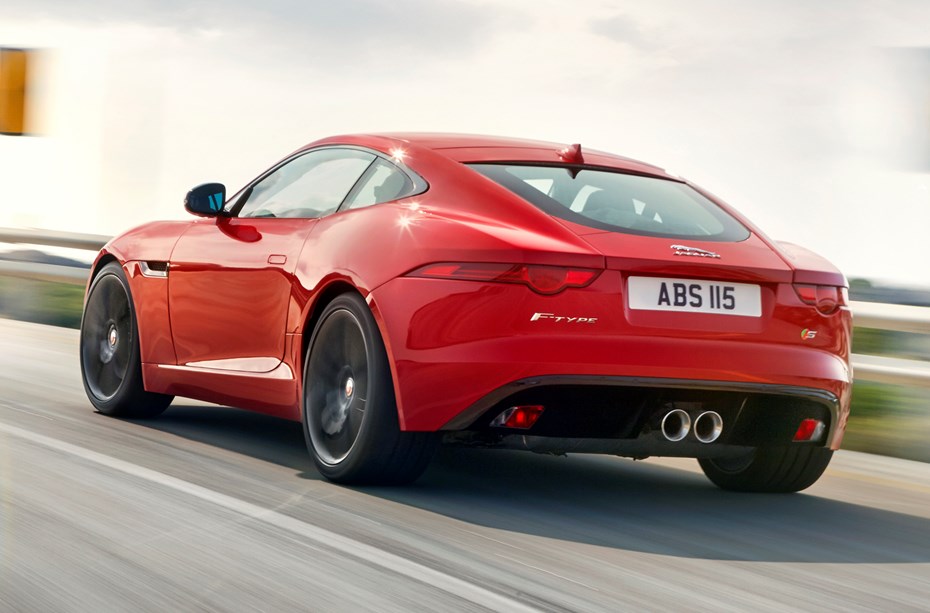
- High-powered petrol-only engines
- Turbocharged 2.0-litre certainly isn’t slow…
- But supercharged V8s feel more special
Forget the electrically propelled Jaguar I-Pace – F-Type performance is delivered by a suite of petrol-fuelled motors. Although originally introduced with a choice of V6 or V8s, the former was dropped in 2019. This leaves the choice of either an entry-level 2.0-litre four-cylinder (introduced in 2017) or a 5.0-litre supercharged V8 in two states of tune.
Petrol engines
Badged P300 – for Petrol and 300hp – the smallest F-Type engine produces 400Nm of torque from just 1,500rpm, good enough for a 5.7-second 0-62mph time. Top speed is 155mph. The problem is that it sounds like a hot hatch and has similar pace to one, too.
There’s a significant jump in price to get the V8 P450 and its 450hp, but it’s arguably worth it. It knocks just over a second off the 0-62mph time whether you’ve opted for rear or four-wheel drive, and generates a far more tuneful sound than the P300. If you’re interested in more than just posing, it’s a tempting choice.
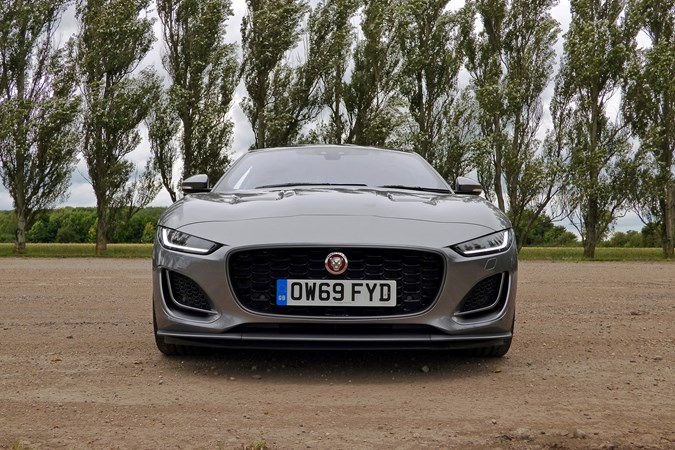
The top-spec R develops 575hp from its supercharged V8, and fires that to the road via all-wheel drive as standard. It feels significantly faster than the P450 thanks to the R’s sub-4.0 second 0-62mph time, but the Porsche 911 Turbo is in a different league again.
What’s it like to drive?
- Beautifully balanced, but playful when you want it to be
- AWD models offer tremendous traction in damp weather…
- But the fun factor is diluted a little with the extra grip
Here the Jaguar F-Type Coupe excels: it’s a confidence-inspiring sports car to drive quickly, yet won’t alienate less experienced drivers. That said, those who’re happier at higher speeds will love the direct and perfectly weighted steering, imperious balance and stable, level cornering. The body is a huge 80% more rigid than the F-Type Convertible, and that doesn’t exactly handle badly.
Higher-powered models get a limited-slip differential as standard, which makes sure the optimum level of power is sent to each rear wheel during cornering. They also get upgraded brakes and larger 19-inch alloy wheels.
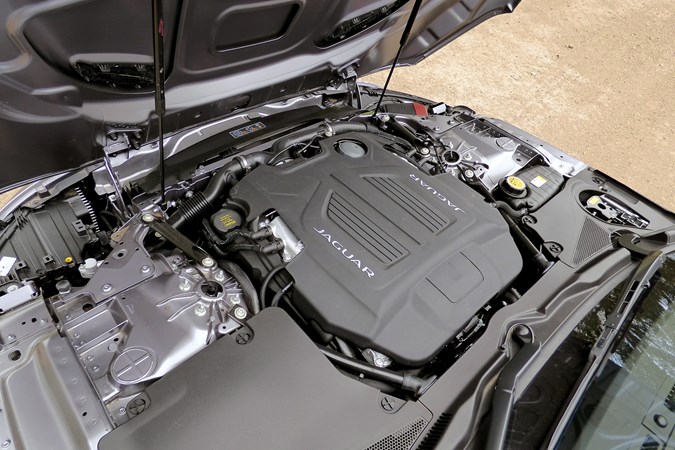
Optionally available are Carbon Ceramic Matrix (CCM) brakes. These ultra-high performance stoppers mean you’ll have to plump for 20-inch alloy wheels, which have a negative influence on ride quality, but make a significant difference to the way the car stops.
The P300 is far simpler than the more powerful F-Types, with passive dampers, an open mechanical differential (the V8s use e-diffs) and modest tyre sizes and anti-roll bars. But it all adds up to a deliciously accessible and rewarding driving experience. The spring and damping rates are beautifully judged: pliant enough for cobbled city streets but with real control on epic mountain roads. There’s never the sense of the car’s mass getting out of control, as can be the case with Alpine’s ultra-soft A110.
The steering is linear, nicely weighted and a handy source of information when you’re working out exactly how hard to lean on the front axle. There are driver modes, of course, but in the P300 they’re only felt in the engine and transmission – so pop it in Dynamic mode, change gears yourself (the eight-speed auto isn’t as miraculously fast and smooth as Porsche’s twin-clutcher, but neither does it ever detract from the drive) and knock the stability control right off – and revel in all that’s special about a balanced, front-engined, rear-drive sports car.
Riding on adaptive suspension, which can alter the car’s handling to cope with different road conditions, means that not only is the F-Type V8 R comfortable, it can turn into a very rewarding sports car literally at the touch of a button.
Additionally, a torque-vectoring system uses the brakes to gently tighten-up your line when cornering. Jaguar’s package is very impressive, being virtually impossible to detect it working. You just pick a line, point the wheel in the required direction and the car does the rest, allowing you to carry more speed through it, amplifying the work of the limited-slip diff.


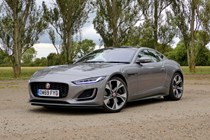
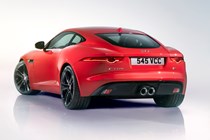
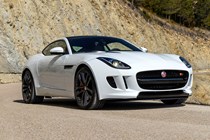
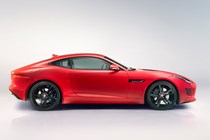
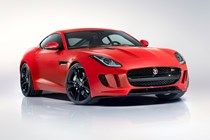
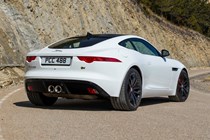
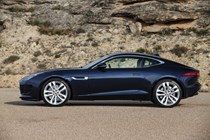
.jpg)
.jpg)
.jpg)
.jpg)
.jpg)
.jpg)
.jpg)
.jpg)
.jpg)
.jpg)
.jpg)
.jpg)
.jpg)
.jpg)
.jpg)
.jpg)
.jpg)
.jpg)
.jpg)
.jpg)
.jpg)
.jpg)
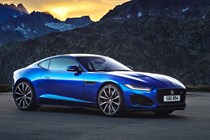

.jpg)

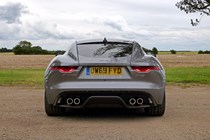
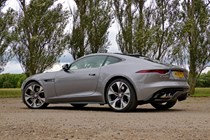
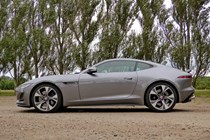
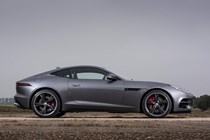
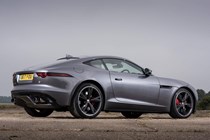

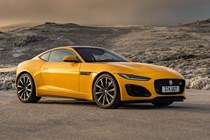
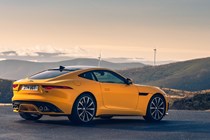

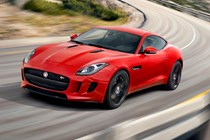
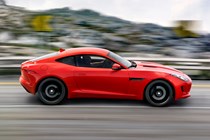
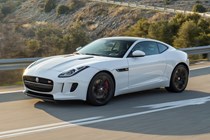
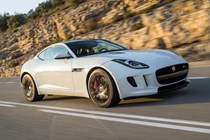
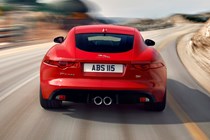
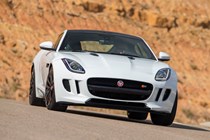
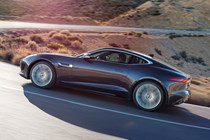
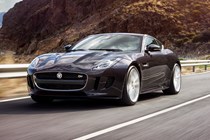
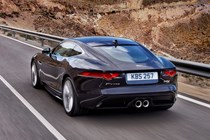

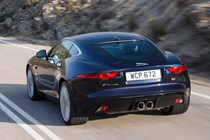
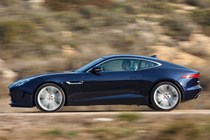
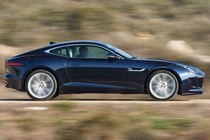
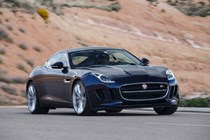
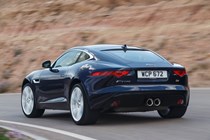
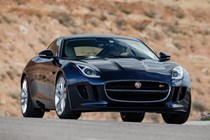
.jpg)
.jpg)
.jpg)

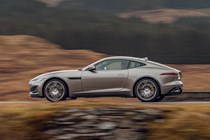
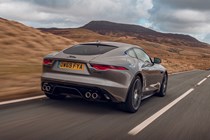
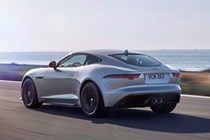
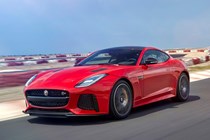
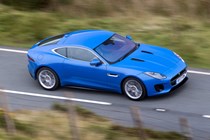
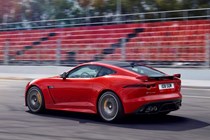
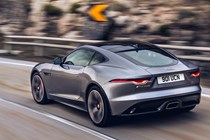
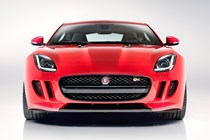
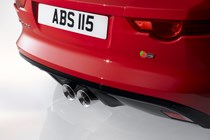
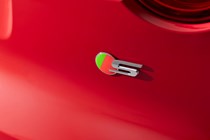
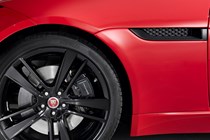
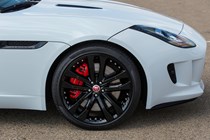
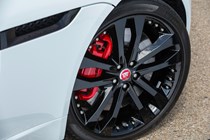
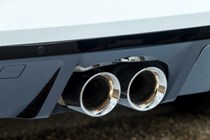
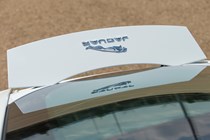
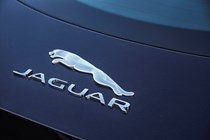
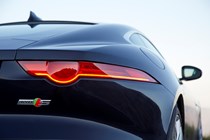
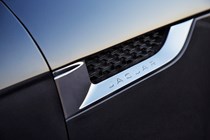
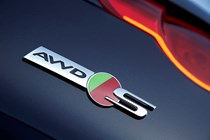
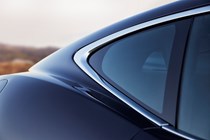
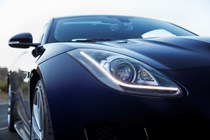
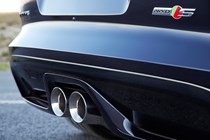
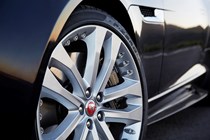
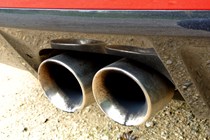
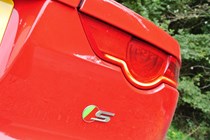
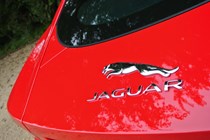
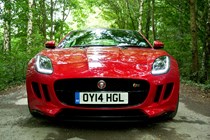
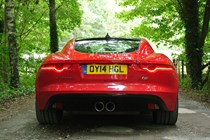

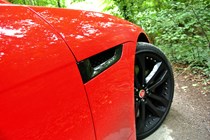
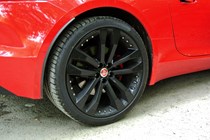
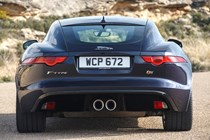
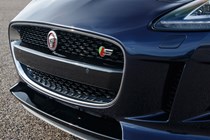
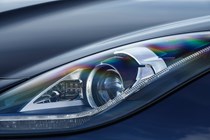
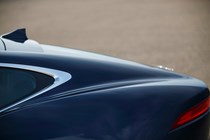
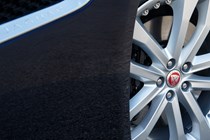
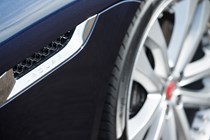
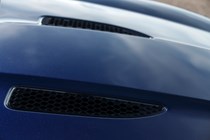
.jpg)
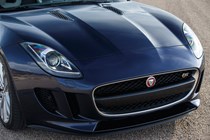
.jpg)
.jpg)
.jpg)
.jpg)
.jpg)
.jpg)
.jpg)
.jpg)
.jpg)
.jpg)
.jpg)
.jpg)
.jpg)
.jpg)
.jpg)
.jpg)
.jpg)
.jpg)
.jpg)
.jpg)
.jpg)
.jpg)
.jpg)
.jpg)
.jpg)
.jpg)
.jpg)
.jpg)
.jpg)
.jpg)
.jpg)
.jpg)
.jpg)
.jpg)

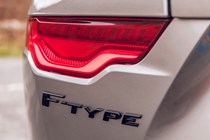
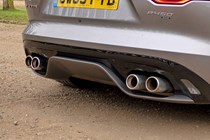
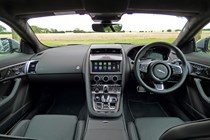
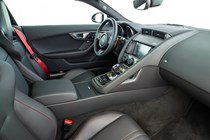
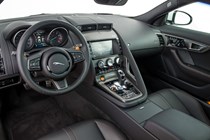
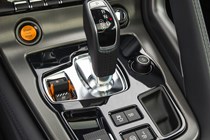

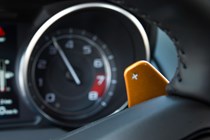
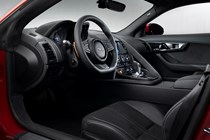
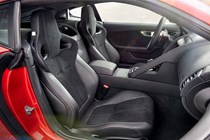
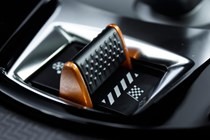

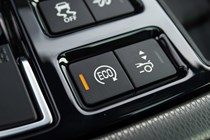
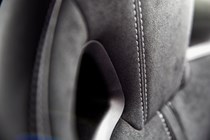
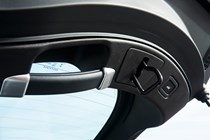
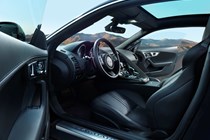
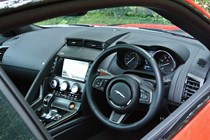
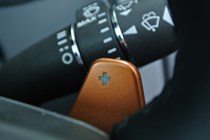
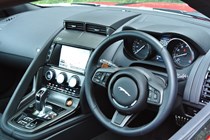

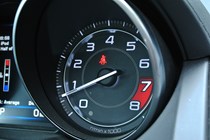
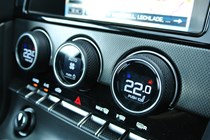
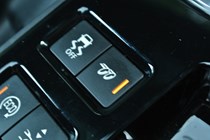
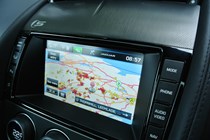
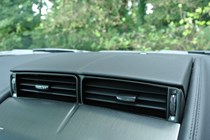
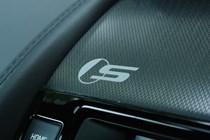
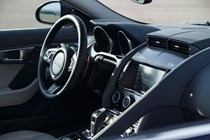
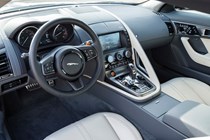
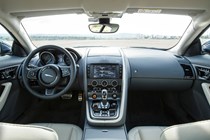
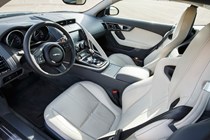
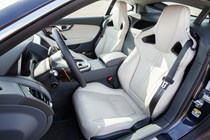
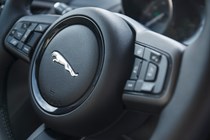
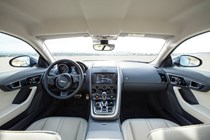
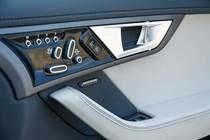
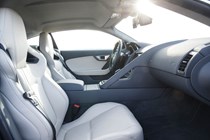
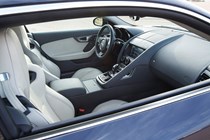
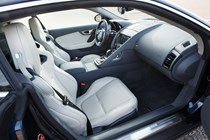
.jpg)
.jpg)
.jpg)
.jpg)
.jpg)
.jpg)
.jpg)
.jpg)
.jpg)
.jpg)
.jpg)
.jpg)
.jpg)
.jpg)
.jpg)
.jpg)
.jpg)
.jpg)
.jpg)
.jpg)
.jpg)
.jpg)
.jpg)
.jpg)
.jpg)
.jpg)
.jpg)
.jpg)
.jpg)
.jpg)
.jpg)
.jpg)
.jpg)
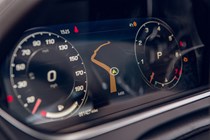
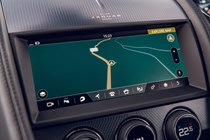
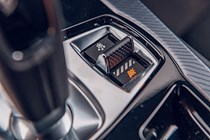
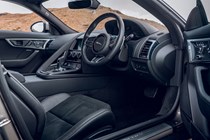
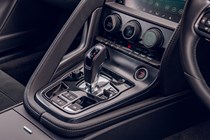
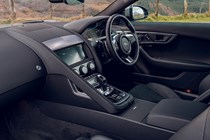
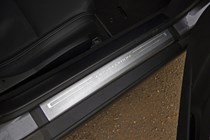
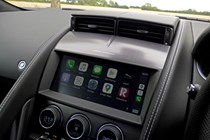
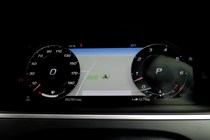
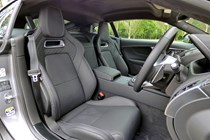
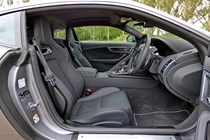
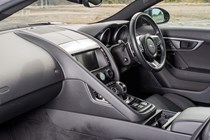
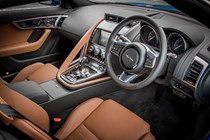
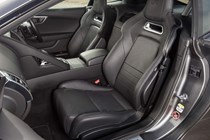
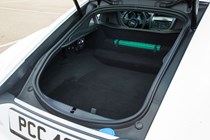
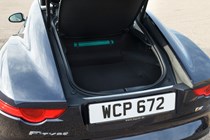
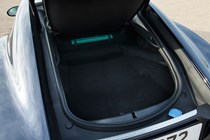
.jpg)
.jpg)
.jpg)
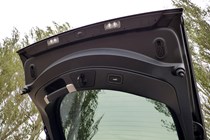
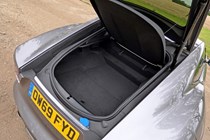
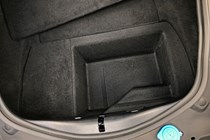
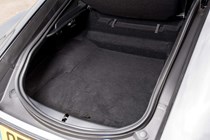
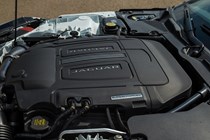
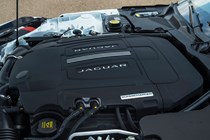
.jpg)
.jpg)
.jpg)
.jpg)

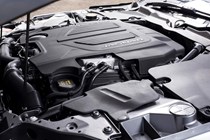







.jpg?quality=50)
.jpg?quality=50)
.jpg?quality=50)
.jpg?quality=50)
.jpg?quality=50)
.jpg?quality=50)
.jpg?quality=50)
.jpg?quality=50)
.jpg?quality=50)
.jpg?quality=50)
.jpg?quality=50)
.jpg?quality=50)
.jpg?quality=50)
.jpg?quality=50)
.jpg?quality=50)
.jpg?quality=50)
.jpg?quality=50)
.jpg?quality=50)
.jpg?quality=50)
.jpg?quality=50)
.jpg?quality=50)
.jpg?quality=50)


.jpg?quality=50)


























.jpg?quality=50)
.jpg?quality=50)
.jpg?quality=50)







































.jpg?quality=50)

.jpg?quality=50)
.jpg?quality=50)
.jpg?quality=50)
.jpg?quality=50)
.jpg?quality=50)
.jpg?quality=50)
.jpg?quality=50)
.jpg?quality=50)
.jpg?quality=50)
.jpg?quality=50)
.jpg?quality=50)
.jpg?quality=50)
.jpg?quality=50)
.jpg?quality=50)
.jpg?quality=50)
.jpg?quality=50)
.jpg?quality=50)
.jpg?quality=50)
.jpg?quality=50)
.jpg?quality=50)
.jpg?quality=50)
.jpg?quality=50)
.jpg?quality=50)
.jpg?quality=50)
.jpg?quality=50)
.jpg?quality=50)
.jpg?quality=50)
.jpg?quality=50)
.jpg?quality=50)
.jpg?quality=50)
.jpg?quality=50)
.jpg?quality=50)
.jpg?quality=50)
.jpg?quality=50)






































.jpg?quality=50)
.jpg?quality=50)
.jpg?quality=50)
.jpg?quality=50)
.jpg?quality=50)
.jpg?quality=50)
.jpg?quality=50)
.jpg?quality=50)
.jpg?quality=50)
.jpg?quality=50)
.jpg?quality=50)
.jpg?quality=50)
.jpg?quality=50)
.jpg?quality=50)
.jpg?quality=50)
.jpg?quality=50)
.jpg?quality=50)
.jpg?quality=50)
.jpg?quality=50)
.jpg?quality=50)
.jpg?quality=50)
.jpg?quality=50)
.jpg?quality=50)
.jpg?quality=50)
.jpg?quality=50)
.jpg?quality=50)
.jpg?quality=50)
.jpg?quality=50)
.jpg?quality=50)
.jpg?quality=50)
.jpg?quality=50)
.jpg?quality=50)
.jpg?quality=50)

















.jpg?quality=50)
.jpg?quality=50)
.jpg?quality=50)






.jpg?quality=50)
.jpg?quality=50)
.jpg?quality=50)
.jpg?quality=50)

